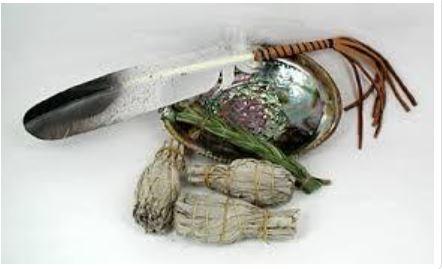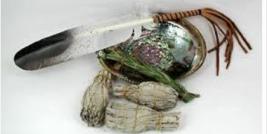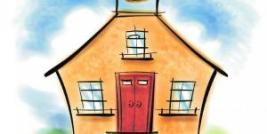
Smudging is a tradition, common to many First Nations, which involves the burning of one or more natural medicines (plants) gathered from the earth. The four medicines (plants) commonly used by First Nations’ are tobacco, sage, cedar and sweetgrass. The most common medicines (plants) used in a smudge are sage and sweetgrass. The natural plants are gathered annually and used with no additives or chemicals.
Smudging has been passed down from generation to generation. There are many ways and variations on how a smudge is done. Historically, Métis and Inuit people did not smudge; however, today many Métis and Inuit people have incorporated smudging into their lives. Through the guidance of cultural advisors, we are told the reasons why smudging is practiced.
Our Elders/Life Speakers and Knowledge Keepers have taught us when we smudge:
- We cleanse the air around us.
- We cleanse our minds so that we will have good thoughts of others.
- We smudge our eyes so that we see the good in all things.
- We smudge our ears so that we hear positive things.
- We smudge our mouths so that we speak good words.
- We smudge our whole being so we become open to other peoples, thoughts, beliefs and actions.
- We smudge to cleanse all negative energies within our own being or any spaces.
- We smudge to bring balance to our whole being
Smudging allows people to become mindful and centered. This allows people to remember, connect and be grounded in the event, task or purpose at hand. Smudging also brings about a sense of balance and focus. Smudging will vary from nation to nation but is considered by all to be a way of cleansing practice. Smudging is part of “the way things are done” and is part of living a good life.
Smudging is not considered a religious practice but rather a practice of good living. Many other groups of people, regardless of cultural background have adopted smudging as a daily practice of seeking balance in life.
Smudging is always voluntary. People should never be forced or pressured to smudge. It is completely acceptable for a person to indicate that he/she does not want to smudge and that person may choose refrain from participating. It is acceptable to remain in the room as an observer during a smudge. It is the learning through participation or observation that provides insight into cultural practices. Respect for all is the guiding principle in any Indigenous tradition.














